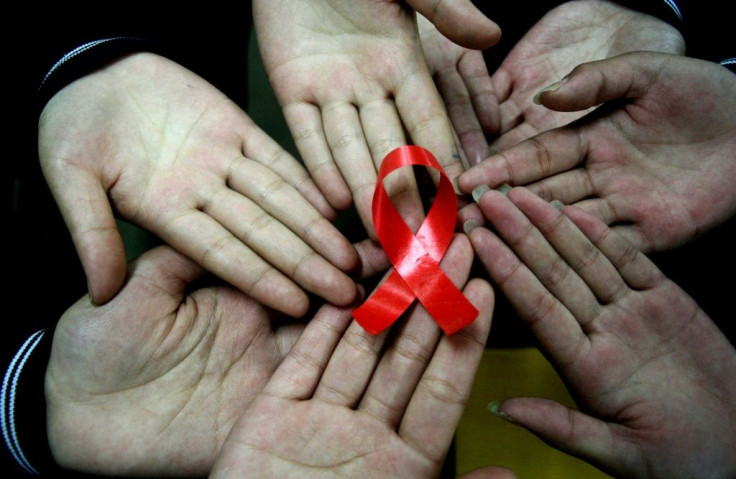HIV Patient's Body Rids Itself Of Virus Without Treatments
KEY POINTS
- HIV is notoriously difficult to remove from the body
- In 2020, researchers found the first untreated HIV patient who had no intact HIV cells
- They now found a second such case in the "Esperanza patient"
A woman's own immune system may have gotten rid of the human immunodeficiency virus (HIV) without having to use any medications, a team of researchers has reported.
HIV is quite difficult to eradicate from the body. This is because HIV places copies of its genome into cells' DNA to create a viral reservoir, Massachusetts General Hospital explained in a news release. In the case of most people, this viral reservoir allows for the constant creation of new particles. And even though anti-retroviral therapy (ART) can prevent the creation of new viruses, it can't really remove this reservoir.
However, there are some people known as "elite controllers." These are individuals living with HIV who, despite having the viral reservoir, possess immune systems that can suppress HIV even without having to take medications.
In a 2020 study, however, researchers found a rather unique elite controller. When they sequenced billions of cells in 64 elite controllers, one of them had no intact HIV in 1.5 billion cells that were analyzed. According to the current news release, this suggests that the immune system may have eliminated the reservoir, something that the researchers call a "sterilizing cure." It was the first instance reported of a sterilizing cure without a stem cell transplant.
This "raises the possibility that a sterilizing cure of HIV-1 infection … may be feasible in rare instances," the researchers wrote in the 2020 study.
In a new study, published Monday in the Annals of Internal Medicine, the researchers reported another person who represents the second instance of such a case.
Called the "Esperanza patient" after the town in Argentina where she lives, the patient is a 30-year-old who was first diagnosed with HIV in 2013, NBC News reported. Similarly, the researchers also found no intact HIV genomes in the 1.9 billion blood cells and 500 million tissue cells that they sequenced.
"These findings, especially with the identification of a second case, indicate there may be an actionable path to a sterilizing cure for people who are not able to do this on their own," Xu Yu, MD, one of the study authors and a viral immunologist at the Ragon Institute in Boston, said in the Massachusetts General Hospital news release.
It's possible, Yu said, that there may be a "specific killer T cell response common in both patients" that is responsible for this kind of response. If they can determine the mechanisms behind it, then it may be possible to develop treatments so that the immune systems of other patients may also mimic the response.
"This is really the miracle of the human immune system that did it," Yu said as per NBC News.
"We are now looking toward the possibility of inducing this kind of immunity in persons on ART through vaccination, with the goal of educating their immune systems to be able to control the virus without ART," Yu added in the news release.
As for the Esperanza patient, she even gave birth to an HIV-negative baby in March of 2020, NBC News reported.
"I enjoy being healthy," she told the outlet in an email in Spanish. "I have a healthy family. I don't have to medicate, and I live as though nothing has happened. This already is a privilege."

© Copyright IBTimes 2024. All rights reserved.












